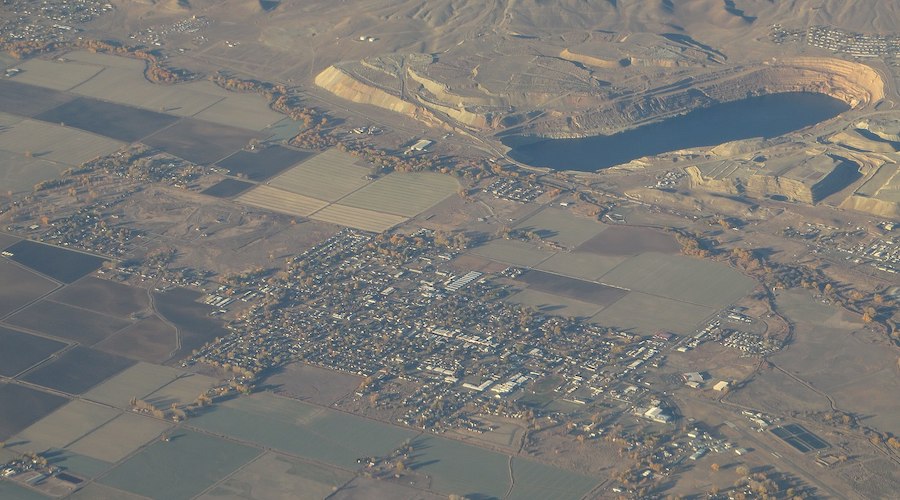New insights into how to discover porphyry-type copper deposits


In a recent research paper, a team at the University of Exeter presents new insights into how to discover porphyry-type copper deposits.
In the study, the group proposes that certain textures preserved in rock may be indicative of the types of physical processes that form these deposits and may give an early indication of their location.
According to the scientists, previous understanding of such textures was disjointed because they are often small, poorly exposed or are simply not recognized when encountered.
To reach these conclusions, the team led by Lawrence Carter carried out fieldwork in Nevada’s Yerington district, where tilting of the upper crust has provided a globally unique cross-section through four porphyry-type deposits and their host rocks.
“We describe a suite of magmatic and magmatic-hydrothermal textures from the classic Yerington Cu(-Mo-Au) porphyry district, Nevada, where Cenozoic extension and tilting has exposed a unique, ∼8 km palaeodepth, cross-section through the magmatic system,” the paper reads. “Within the granite cupolas that underlie the Ann Mason and Yerington porphyry deposits, these textures include pegmatitic pods and massive silica bodies. Emplaced through the cupolas, and genetically associated with ore formation, are aplite dykes that host mineralized unidirectional solidification textures (USTs), pegmatitic segregations, miarolitic cavities and early A-type quartz veins.”
The researchers explain that based on field relations, including associations with hypogene mineralization, petrography and Ti-in-quartz crystallization temperatures, it was possible to highlight how the textures described may record the timing and location of the magmatic-hydrothermal transition and ore-formation.
“By doing so, we provide a textural framework for exploration geologists to assess the likely 3D spatial and temporal architecture of porphyry mineralization at the district-prospect scale before employing more invasive and expensive techniques,” Lawrence Carter, lead author of the study, said in a media statement.
Porphyry-type deposits provide most of the world's copper and molybdenum, as well as large amounts of gold and other metals. They originally form several kilometres below the earth's surface above large magma chambers. Not only are they rare, but most large near-surface examples have already been found.
In Carter’s view and that of his co-author, Ben J.Williamson, the demand for copper is set to grow in the coming years as the metal is widely used in green technologies such as electric vehicles, wind turbines and solar panels, and power transmission materials. Thus, new methods are needed to discover deeper and possibly smaller deposits, using techniques that meet increasingly strict environmental regulations.
This article initially appeared on www.Mining.com.
Comments